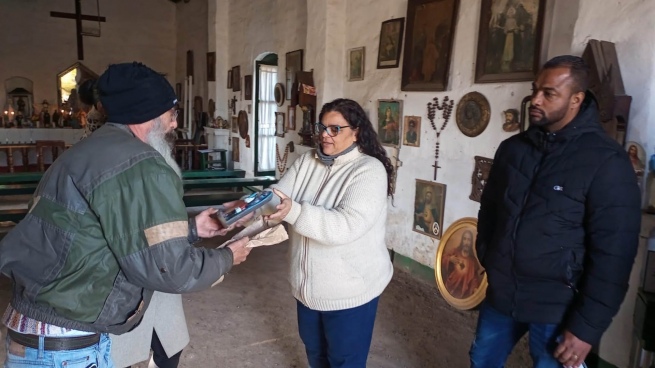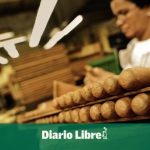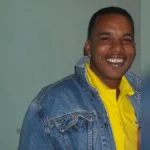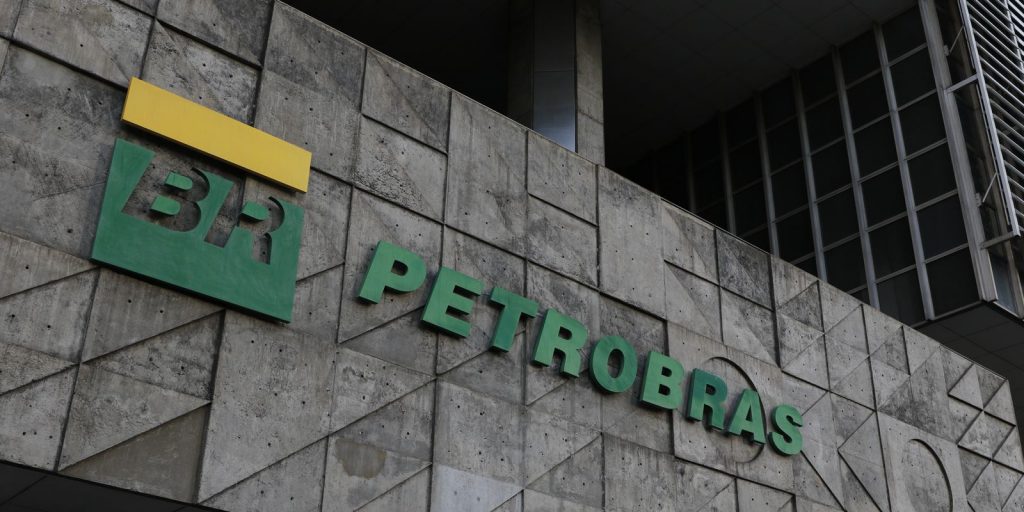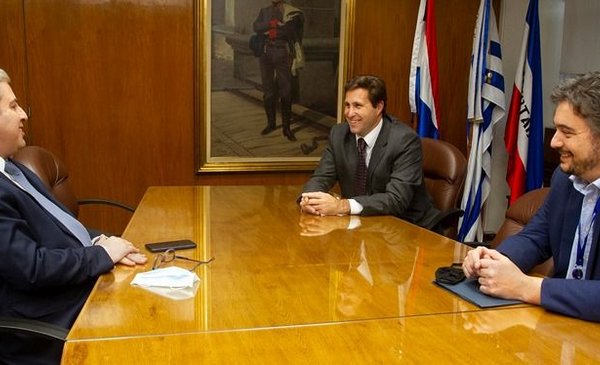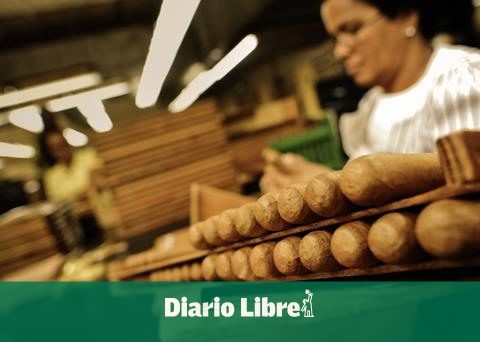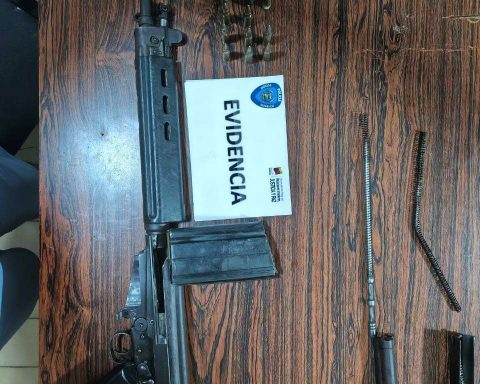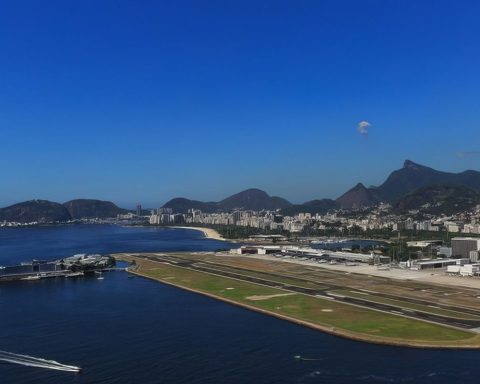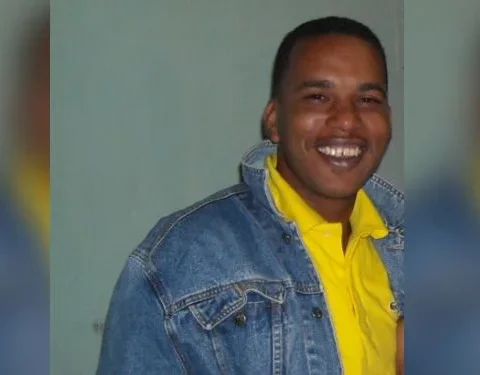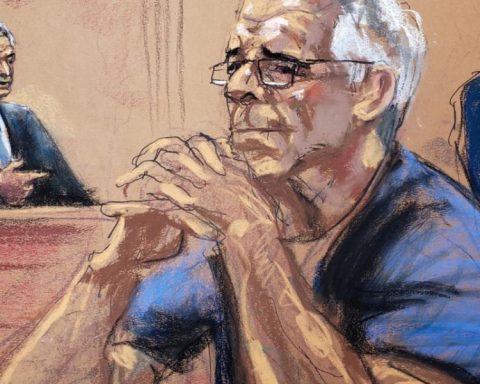They melt into a hug. Through tears they say goodbye. They met just an hour ago. But the family roots and the daily struggle for the history of Africans in Argentina excites them without warning.
One is Soledad Luis, Afro-descendant and granddaughter of Eloísa González Soler, the first to open the house to the people today called the Chapel of the Blacks of Chascomús, Buenos Aires province. The other excited is the Buenos Aires Tamara Barbará, coordinator of the first Afro commission in a union, the Legislative Staff Association (APL) and head of the new Afro Pastoral of the Argentine Catholic Church.
“It is very exciting to receive black Manuel. Many people bring religious images years ago, but we never had one of them. How much does it have to do with our history? recognized the person in charge of the chapel of the blacks and municipal tourist guide. Soledad leaves the image of the witness of the miracle of the Virgin of Luján, her first devotee and the first freed slave in Argentina, on the altar that her grandmother, Eloísa, built in 1945 when she decided to open the black house to the entire town.
The black man Manuel stood at the foot of an image of the Gaucho Virgin, the patron saint of Argentina, on a table with a white tablecloth, among several images of virgins and saints surrounded by candles and rosaries. Above it hangs a large cross as if it were a church. Although it is not. In fact, only one mass was celebrated at the age of 90 for Eloísa, who lived to be 104.
The Chapel of the Blacks is an interreligious and spiritual space centered on Afro culture where Umbanda images and other African rites coexist with family photos, poems and songs hanging on the walls of River Plate origin.

From a brown paper bag, Gabriel “Pato” Duna, a pilgrim and member of the Missionaries of Francisco de Luján, extracts the image of the African who was trafficked in 1630 first to Pernambuco, Brazil, and then to the fields of Rosendo, today the town of Zelaya , in the province of Buenos Aires, where the miracle is that the carts with the images of the Virgin did not want to move, so they left one of them and in the care of this slave, who with the passage of time began his devotion and for through her the cures to all pilgrims who came with an illness, as happened to the priest Montalvo, the first official chaplain of the Virgin of Luján.
Yes, General José de San Martín is the father of the country, black Manuel is the grandfather, arriving in the 17th century in the humid pampas and being the one who initiates the cult of the patron saint of our country.. Without Manuel there would be no devotion to the Gaucha Virgin who, together with the people of Luján, managed to make her become the first liberated when the abolition of slavery would come 200 years later. A miracle that will surely make a dent in the Vatican, which is studying the process of his canonization while Pope Francis claims it as an emblem of simple faith, the so-called pastoral theology of the People, as Father Rafael Tello called it.
On the altar that Eloísa set up, one of her most beloved images, which she inherited from her grandparents, is the black wooden Virgin. It was told by Soledad, her granddaughter, who explained to us the variety of images of Afro origin: San Martín de Porres, Santa Josefina Bakhita, San Benito, the Virgen Morena de los Milagros.
Not two days ago the chapel was set up. Afros made their place in Chascomús in 1862.
It does not depend on the Catholic Church. It was built by the popular faith, by the first freedmen. There they used the house as a shelter to candombear and therefore the neighborhood where it is located is known as “el tambor”. Thus they did not lose their cultural roots. In fact, to this day the candombe workshops continue. “The blacks arrived by the landowners who bought them in the port of Buenos Aires and then transferred them to Chascomús to use them as labor. The men in the fields and the women in the housework,” said Soledad, heir to the so-called chapel of the blacks, which is located in the semi-rural town famous for giving birth to the first president after the last military dictatorship. A few meters from its immense lagoon stands the old adobe house with a dirt floor on Juan Domingo Perón Avenue.

Antonio, Eloísa’s youngest son, made the transition from the chapel to Soledad, who says that her grandmother never explained the mandate to her, she only asked her to pass the broom. “Since I was little I used to go on Sundays to spend the day with my grandmother, uncles and cousins. She never told me what to do. If she put me to sweep. She had an imam with the townspeople. They were going to talk to her. Then some brought images of her, “explained the current head of the black chapel to the delegation arriving from Buenos Aires.
Eloísa was born in Argentina in 1896, she married a Spaniard and they had 10 children, her surname originates from the family that employed her, while her great-great-grandfather was one of those who set up the house for Africans and slaves, today called the chapel. . Eloísa only left her employer’s house on Sundays. She then went to the house with double-paned windows, green benches, to candombear. She thus became the alma mater of the black chapel that shocked even the most legendary neighbor, Raúl Alfonsín. It was because of him that for the first time in her life she left Chascomús directly for the Casa Rosada.
Masses are not held in the black chapel. The only one of her at 90 years of Eloísa by the local bishop of her friend of hers. It is touristic, cultural and historical linked to freedom and the true and never well-considered history of Africans at the end of the world.
“The blacks were part of the construction of the towns. They weren’t just water carriers, they sold empanadas or women in domestic work. The black has history in Argentina and in Chascomús. The Afro-descendant cultural structure is very present. Our ancestors participated in the growth of an entire people, they were part of the independence wars, they were part of the forts, they were part of the construction of society, let us not forget María Remedio del Valle, the captain of the Northern Army or the author of the March of San Lorenzo like the mulatto Sergeant Cabral, who saved San Martín’s life, “explained Soledad, continuing from the heart and her profession as a tourist guide and the history of Afros, who reminds us that they did not all die with the epidemics or wars, and that they were even able to overcome subjugation in servitude or sexual abuse.

A storm in 1950 blew up the chapel, at that time the roof was straw, and it was rebuilt again, achieving years later that it is, on the one hand, a national historical monument and also recognized by UNESCO as part of the slave route program of the Silver riverwhich includes among its most salient points: the slave trade in the chapels of the province of Córdoba, in the city of Alta Gracia, built by Africans and Jesuits, such as the milonga and tango with black roots, and the port of Buenos Aires where the thousands of trafficked arrived.
The entourage that delivered the image of Manuel de Luján to the chapel of the Blacks was attended by the legislator from São Paulo, and current third candidate for federal deputy of the PT, Emerson Osasco, of Afro roots and born in a community, a former favela , and by the premises of the Afro Pastoral of union origin in APL Lucas Stracan and Flexa Correa Lopes, plus the members of the Observatory of Human Rights of the CGT, Martín Giambroni and Ezequiel Conde.
The day before the trip to Chascomús these “collective samaritans” participated in the Casa Rosada talk: “The strategic importance of the presidential election in Brazil” organized by the delegation in the presidency of the union UPCN (Union of Civilian Personnel of the Nation) together with the secretariat for international relations of the Evita Movement.
After the deep political debate in the Government House, they went to the origin of the Pastoral Afro, the presidential chapel. Last year there they left the image of Negro Manuel in the Catholic faith space closer to the presidents and their teams. “Patience like Negro Manuel and may he guide us,” Francisco told the Argentines.

